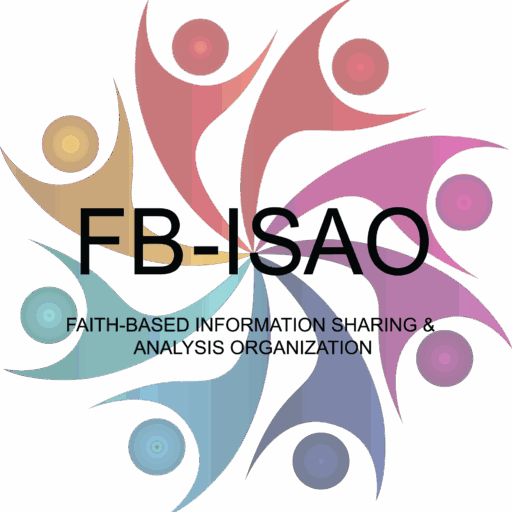FB-ISAO Physical Threat Level Returns to SEVERE; Cyber Threat Level Remains GUARDED
The TIG has determined to lower the FB-ISAO’s Threat and Incident Response Group (TIG) continues to assess the ongoing threats and risks to our community and has made the following updates to our Threat Level Assessments: Physical Threat L...
